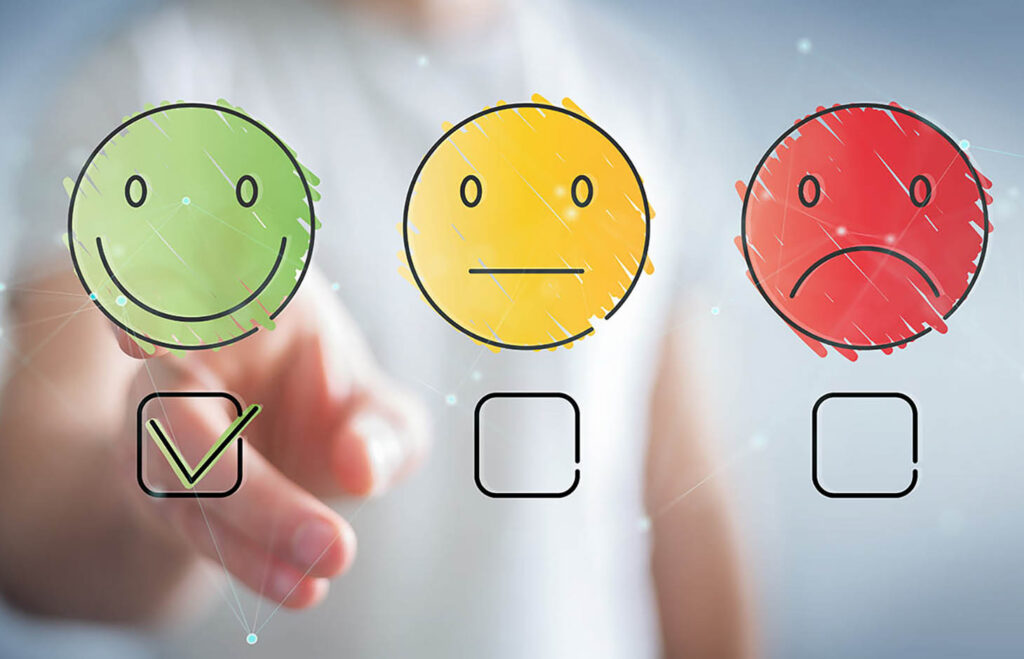The customer experience (CX) is a core component of SaaS customer success that, when working at its best, allows transactions to be accurate, quick, and relevant to customers’ situations.
B2B customers are 34% more likely to purchase from businesses with CX maturity. Automated billing software includes native features that not only simplify the billing process for your internal team, but also provide customers with an elevated experience.
However, integrating your billing automation system with the rest of your tech stack bolsters this effect, ensuring every component of the subscription management experience is seamless for the customer. Integrations can be native to the software itself or introduced via an API. Combined with the native features of automated billing systems, you have a well-configured fintech suite that creates an experience that’s just as simple for your business as it is for your customer.
As Jerry Gregoire of Dell puts it, “the customer experience is the next battleground.” Smart integrations ensure your business arrives at the fray well-prepared. Here’s how.
Customers’ personal information is always correct
If your automated billing software offers built-in hosted registration page functionality, new customers can sign up in a matter of minutes at any time of the day, inputting their own personal details to ensure accuracy. Not only is this feature convenient—nearly 40% of customers actively prefer a self-service customer payment portal over working with company representatives—but with the right integration, it also ensures that accurate information is being unanimously implemented across your business.
By integrating your automated billing software with your business’s CRM—or any other existing accounting software that may require accurate customer details—customer payment data and personal information entered through a self-service portal can be easily accessed by any internal team that needs it.
- The customer visits your self-service registration page, which is hosted by your automated billing system, and inputs their details.
- Your automated billing platform captures and records this data.
- The billing platform also pushes the customer data out to your CRM via the integration, ensuring it’s recorded just as the customer entered it.
If your billing team were to manually move this data from your billing software to your CRM, it would not only be time-consuming but would heighten the risk of manual error happening along the way.
Even small mistakes can have significant repercussions. Up to 90% of customers will leave a business permanently if they feel they’re having bad experiences, and small errors, such as a misspelled name, or an inaccurately input credit card number are easy to make.
It’s been estimated that employees make small mistakes between 10-30% of the time. If one of these mistakes results in an inaccurate or delayed bill, costly churn might be around the corner.
The occasional misspelled name or inaccurate billing address might feel insignificant, but in a crowded and competitive marketplace, even minor errors can define your reputation. As marketing and CX expert Kevin Stirtz puts it, “Exceptional customer experiences are the only sustainable platform for competitive differentiation.”
By taking advantage of such an integration, customer details will automatically appear the same in all relevant pieces of software.
Out-of-country customers can see prices and pay in their own currency
A recurring billing system integrated with a global seller solution enables you to localize the subscription billing experience, ensuring pricing information is presented to the customer in their native currency and language. Beyond merely being convenient, this feature can be one of the key differences between making or losing an international sale.
Nearly half of all customers will immediately dismiss a product that presents pricing to them in a foreign currency.
It’s worth remembering that the discerning buyer moves swiftly through their potential buying options. Many will spend less than a minute on your website to determine if your product is worth learning about further.
In this fast-paced sales environment, every aspect of your page should be as gripping and customer-friendly as possible. Websites that force buyers to do currency conversions or pay currency exchange fees are likely to lose the sale.
Localizing your subscription experience to display the customer’s native currency and language is an accessible change with the potential for a very large impact. Doing international business boosts SaaS revenue by 13% on average. However, for some businesses, the impact could be significantly bigger.
- Digital Ocean sees 65% of its revenue come from international sources,
- Twilio sees half of its product usage occur outside the U.S., and
- Hubspot’s international revenue has doubled in the last seven years.
International business also impacts the general public perception of a SaaS business. According to the same OpenView Partners article, businesses with a loyal base of international customers are perceived as being more mature by up to 40% of the population—a less quantifiable benefit with significant potential for future growth.
Globalization is a requisite component of success in the modern SaaS world. Only about 4% of the world’s population lives within the United States. SaaS businesses that can look beyond their borders enjoy a significantly wider base of potential customers.
The payment experience is seamless
Automated billing integrations also ensure a seamless customer-facing billing process from the moment they decide to do business with you.
Integrated gateway payment processing allows online payments to take place completely on your website, without the need for a third-party detour.
While the customer likely never actively contemplates the fluidity of their experience, they very well might note the inconvenience of being redirected. Around 20% of customers have abandoned purchases due to lengthy or complicated online checkout procedures, which can often be expedited by up to 60% through small changes like gateway processing integrations.
Your customers might not outwardly thank you for respecting their time, but they will show their appreciation by sticking around for the long haul.
Automated billing software integrations create details that add up
An effective automated billing system and its corresponding integrations are customer-facing technologies that will, in most situations, never cross the average buyer’s mind. Most people don’t think about how glad they are to receive an accurate bill. They don’t actively consider the website they used was regionally specific to their needs, nor are they likely to celebrate the speed of their transactions.
And yet, these core features that lie within the domain of automated billing add up to a key part of the customer experience. Certainly, potential buyers will notice when these things aren’t there.
The customer experience begins the moment someone finds your website and continues for as long as they stay with you. Every interaction, big and small, accumulates summarily combining to account for how your business is perceived.
As Stewart Butterfield of Slack puts it, “Every customer interaction is a marketing opportunity. If you go above and beyond on the customer service side, people are much more likely to recommend you.”
An automated billing system integrates with other tools in your tech stack to treat your customers to an excellent experience they never have to think about.








